Pictorial Handbook on Damselflies and Dragonflies (Odonata Insecta) of Rajasthan
Contents: I. Study Area: Rajasthan. 1. Introduction. 2. Thar Desert or Great Indian Desert. 3. Aravalli hill ranges. 4. Geology. 5. River valley catchments. 6. Rainfall pattern. 7. Temperature regimes. 8. Forests. 9. Tropical thorn forests. 10. Tropical dry deciduous forests. 11. Central Indian Sub-tropical hill forests. 12. National parks and wildlife sanctuaries. References. II. Odonata (Damselflies and Dragonflies). 1. Introduction. 2. Habitat. 3. Life cycle. 4. Aquatic stage. 5. Terrestrial stage. 6. Historical resume. 7. Behavioral patterns. 8. Feeding behaviour. 9. Reproductive behaviour. 10. Emergence. 11. Life history study. 12. Species diversity. 13. Discussion. 14. Role as biological control agent. 15. Need for conservation. 16. Economic value of odonates. 17. Summary. Some frequently asked questions (FAQs). Damselflies and Dragonflies (Odonata) Associations and Societies globally. Odonata information websites. Glossary. Bibliography. Photoplates.
Get it now and save 10%
BECOME A MEMBER
-
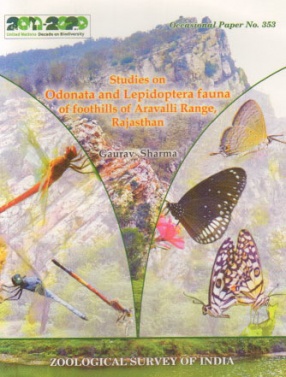
Studies on Odonata and Lepidoptera Fauna of Foothills of Aravalli Range, Rajasthan
-

Development and Communication Morphosis
-
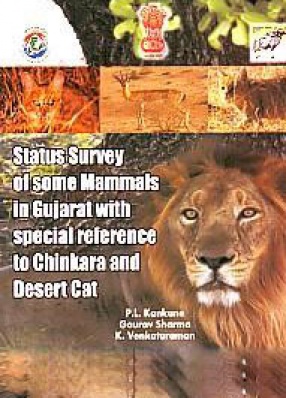
Status Survey of Some Mammals in Gujarat With Special Reference to Chinkara and Desert Cat
-
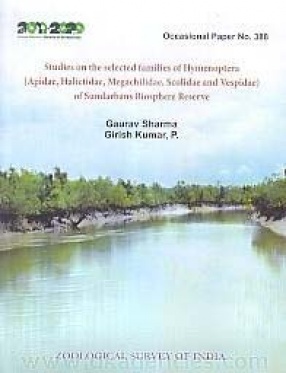
Studies on the Selected Families of Hymenoptera: Apidae, Halictidae, Megachilidae, Scolidae and Vespidae: of Sundarbans Biosphere Reserve, West Bengal
-
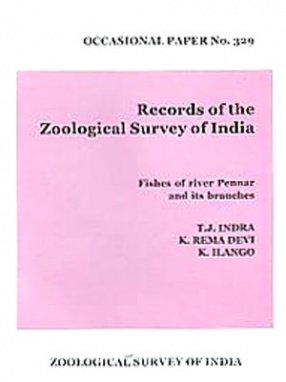
Records of the Zoological Survey of India: Fishes of River Pennar and its Branches
-
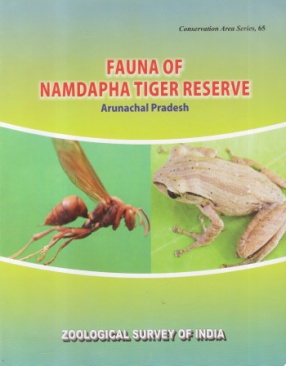
Fauna of Namdapha Tiger Reserve Arunachal Pradesh
-
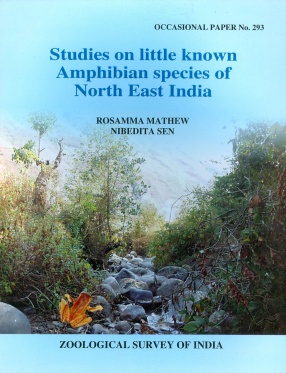
Studies on Little Known Amphibian Species of North East India
-

Contributions to the Knowledge of the Bark and Timber Beetles (Scolytidae: Coleoptera) of the Andaman and Nicobar Islands

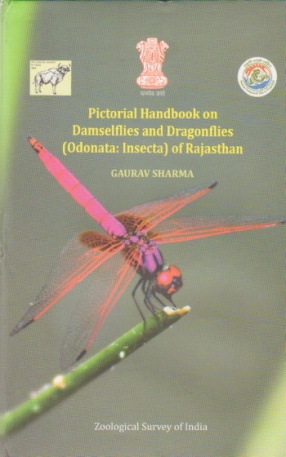

Bibliographic information